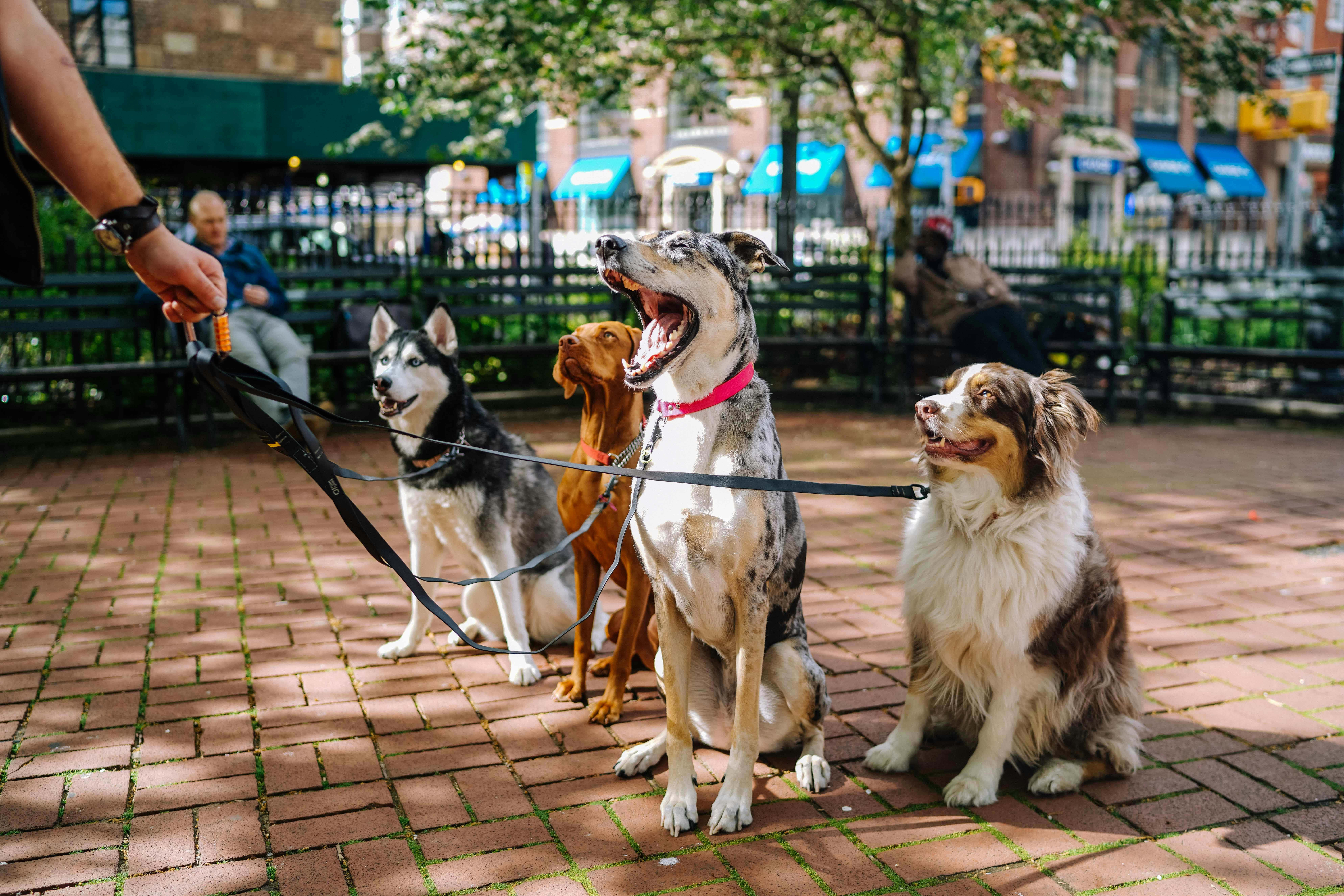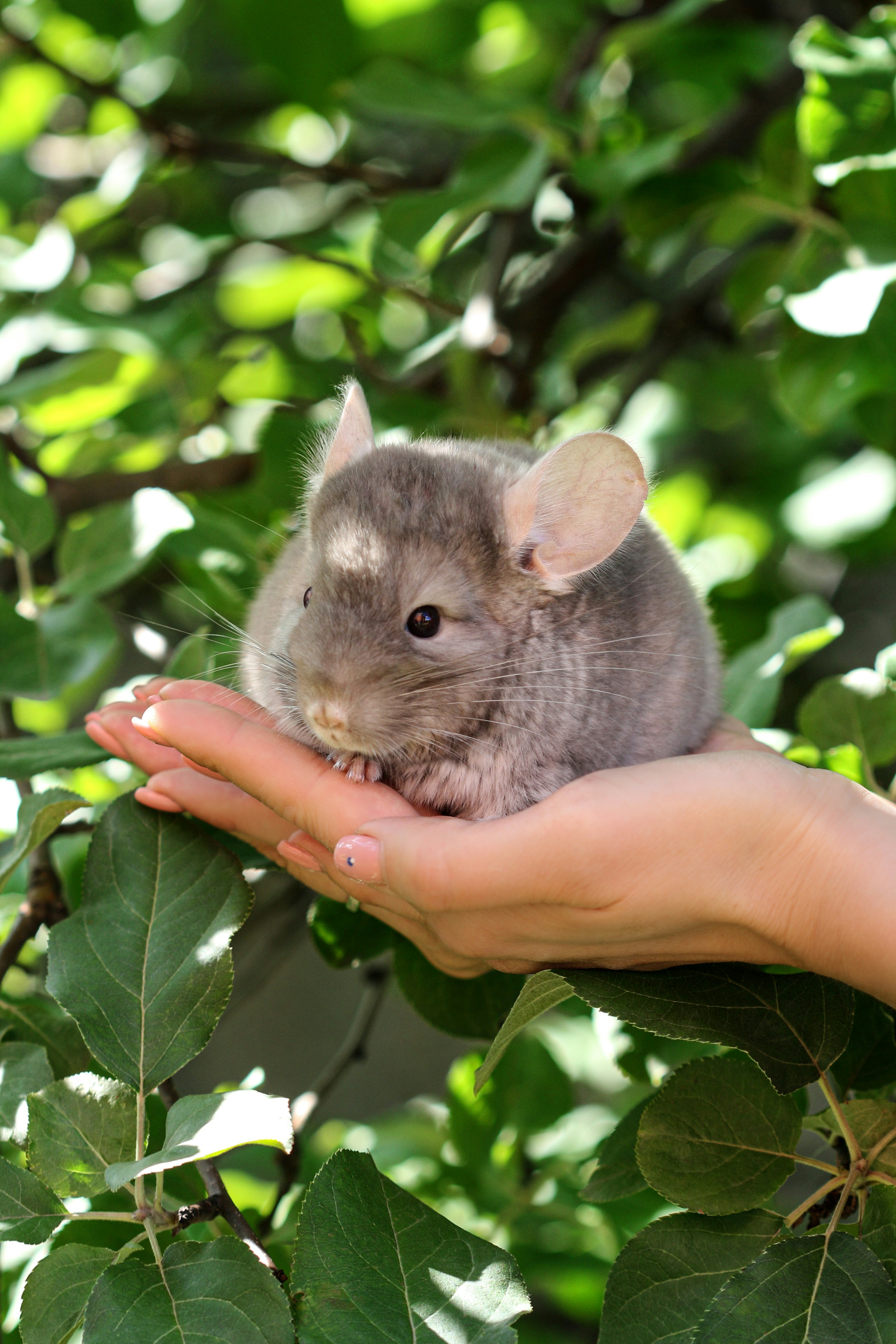From Pets to Family Members: The Rising Pet Economy in China

From Pets to Family Members: The Rising Pet Economy in China
As living standards improve and consumer attitudes evolve, pets are no longer seen simply as “animal companions.” They are increasingly regarded as cherished family members and emotional anchors, fueling rapid growth in the pet consumption market.
The modern pet economy now spans a comprehensive industry chain—from pet food, accessories, and healthcare to grooming, boarding, training, and even specialized services like behavior consulting. This growth reflects not only the rising emotional needs of pet owners but also a surge of innovation and entrepreneurship in the sector.
According to the 2025 China Pet Industry White Paper (Consumption Report) , urban pet ownership in China reached 120 million by 2024. This rapid increase is driven by multiple factors, including shifts in consumer perception, increased disposable income, and the development of new services tailored to pets’ and owners’ evolving lifestyles.
Owning pets has become both a practical necessity and a lifestyle trend. Wang Jinquan, chief of the Pet Nutrition and Food Science Innovation Team at the Feed Research Institute of the Chinese Academy of Agricultural Sciences, explains that society’s demand for companionship is growing, particularly among adults over 60 as well as younger generations born in the 1990s and 2000s. For these groups, pets provide emotional support, stress relief, and a sense of purpose, making them integral parts of daily life.
The Shift: From “Feeding Pets” to “Including Pets in the Family”
Over the past decade, a noticeable transformation has taken place. Pets are no longer seen as mere animals to feed; they have become family members whose well-being is a priority for their owners.
This shift is reflected in several ways:
- Financial Commitment : Many owners are willing to spend more on premium food, toys, and healthcare to ensure their pets’ comfort and health.
- Time and Attention : Regular walks, playtime, training, and social activities for pets have become part of the owner’s routine.
- Emotional Investment : Pets serve as companions who provide emotional support, reduce loneliness, and enhance overall well-being.
For instance, Han, a millennial living in Chaoyang District, Beijing, shares:
“I spend about 1,500 RMB per month on my Shiba Inu. Most of it goes to dog food, treats, and toys, with some spent on healthcare. I also take my dog to a pet salon regularly for grooming. While I budget carefully for other expenses, I don’t hesitate to spend on my pet.”
This example illustrates how pets are no longer just an optional luxury—they are considered essential members of the family.
Expanding Markets and Industry Innovation
The growing view of pets as family members has accelerated the expansion and diversification of the pet economy. Some notable trends include:
- Premium Nutrition and Functional Foods : Owners increasingly choose specialized diets for health, age, and breed-specific needs.
- Healthcare and Insurance : Veterinary services, preventive care, and even pet insurance are becoming common.
- Grooming and Aesthetic Services : Regular grooming, spa treatments, and even pet fashion reflect owners’ desire to enhance their pets’ well-being and lifestyle.
- Training and Behavioral Services : Obedience training, behavior modification, and therapy animal programs are on the rise.
- Pet Boarding and Daycare : With more busy professionals, high-quality boarding and daycare services are in demand.
These services not only meet the growing emotional and practical needs of pet owners but also create significant opportunities for startups and established businesses alike.
Pets as Emotional Anchors in Modern Life
Beyond financial and service trends, pets have a profound impact on human well-being. For older adults, pets can help alleviate loneliness and provide daily routines that enhance mental and physical health. For younger generations, pets offer companionship in fast-paced urban life, relieve stress, and even facilitate social connections with other pet owners.
In both cases, pets are no longer passive companions—they actively shape lifestyle choices, social behaviors, and even consumer habits.
Conclusion
The transformation of pets from simple companions to full-fledged family members reflects broader societal changes: rising living standards, evolving consumer attitudes, and growing emotional needs. This shift is driving rapid expansion and innovation in China’s pet economy, creating a dynamic industry that intersects with nutrition, healthcare, lifestyle, and emotional well-being.
Whether it’s spending on premium food, scheduling regular vet visits, or simply enjoying the companionship and joy that pets bring, it’s clear that pets are now integral to modern life. As more people embrace them as family members, the pet economy is likely to continue growing, enriching both human and animal lives along the way.




